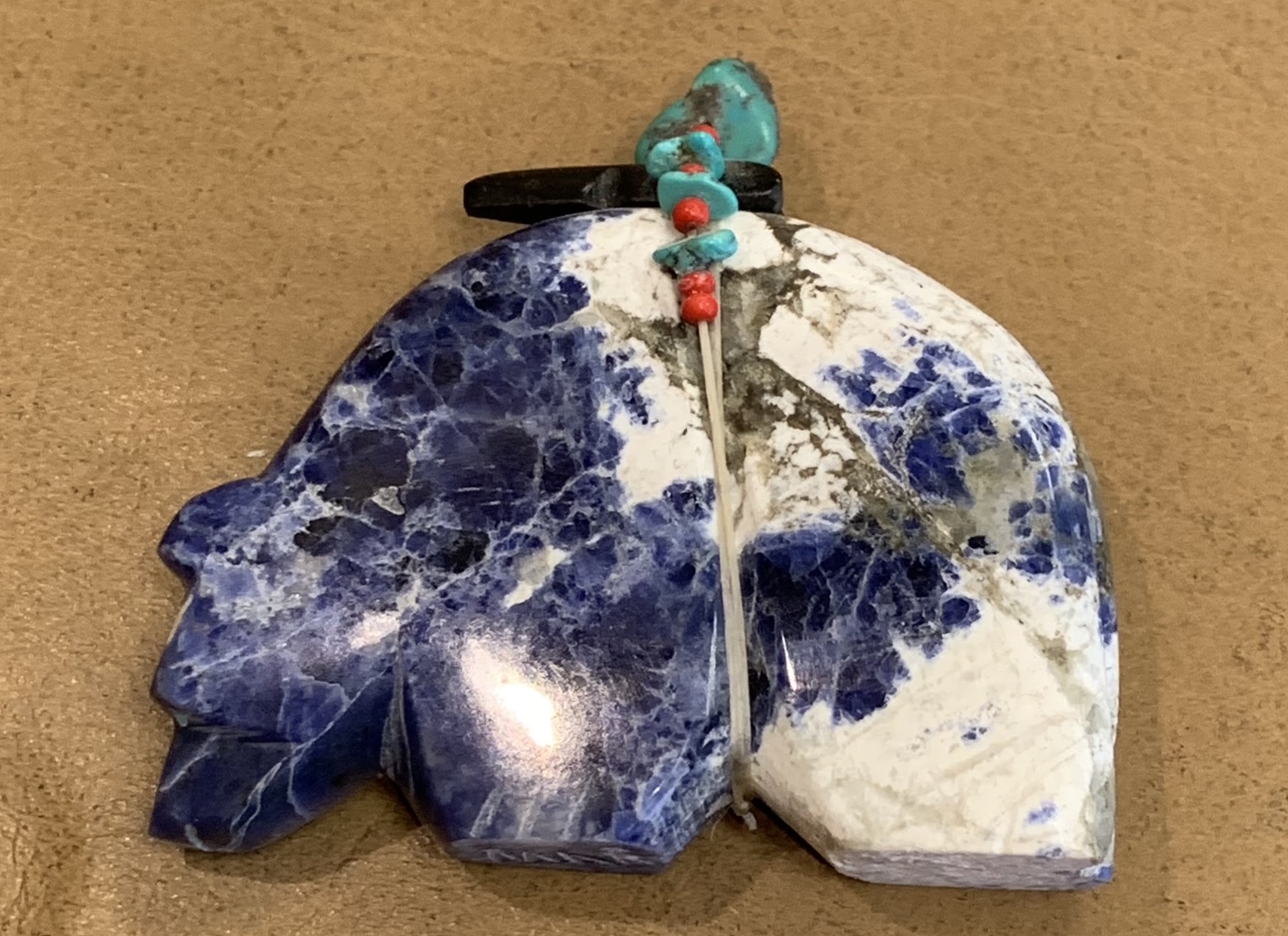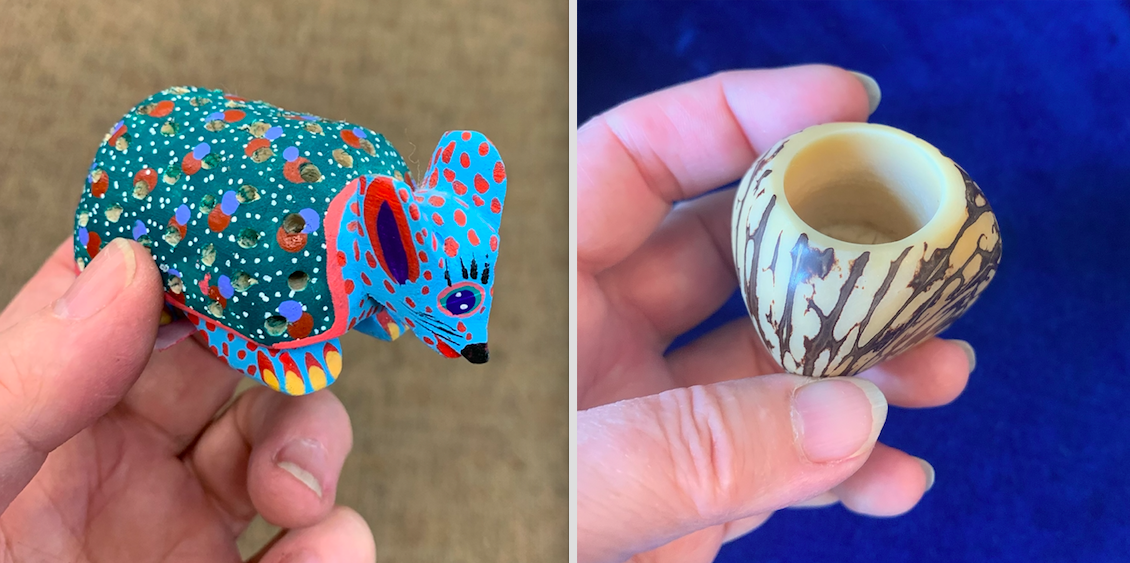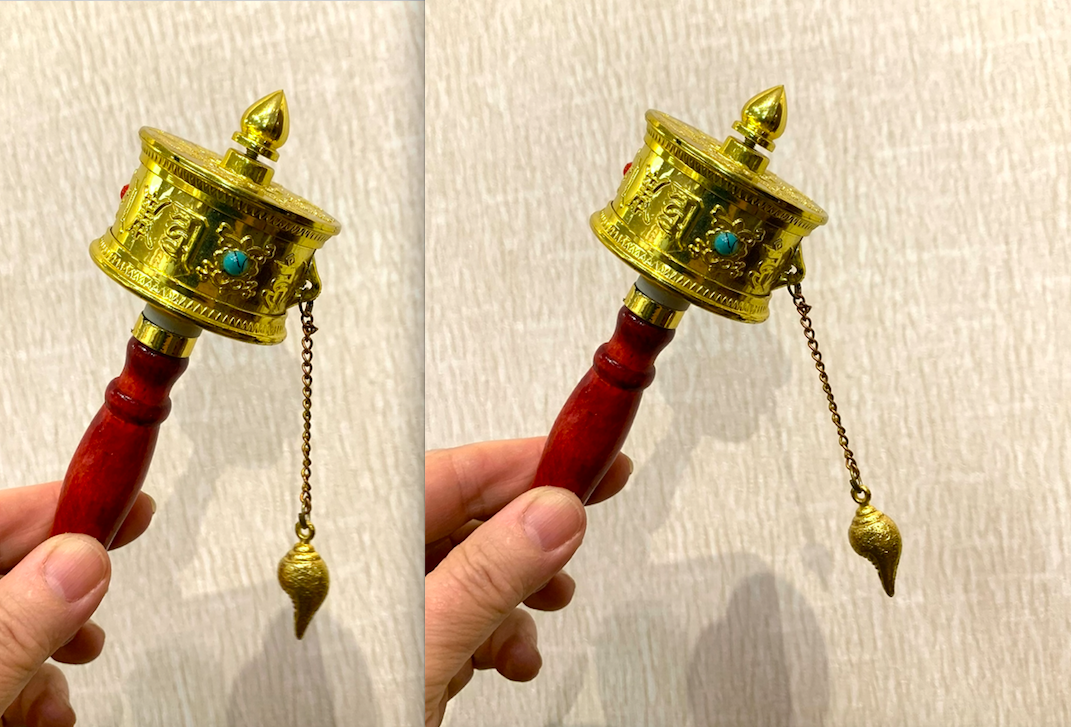Hand Carved Talismans These little stone works of art from a past Beehive sale are known in English as Zuni Fetishes. They are based on a very old […]
Tuesday Treasures
Posted on:
Toothpick Holders
A Winning Smile Did you know Americans use over 30 billion toothpicks every year and that they’re found in 95% of American homes? Me neither. And yet here, […]
Tuesday Treasures
Posted on:
Tibetan Buddhist Prayer Wheels
Spinning Mantras These small works of art found at a Beehive sale are Tibetan Buddhist prayer wheels, most likely made somewhere in the Himalayan mountain range. They have spinning parts […]
Tuesday Treasures
Posted on:
Easter Eggs and Icons
Happy Easter! Queen B celebrates this Easter with beautiful eggs from some of our sales. In the U.S. Sunday, April 9, is officially Easter, when Western Christian churches […]



